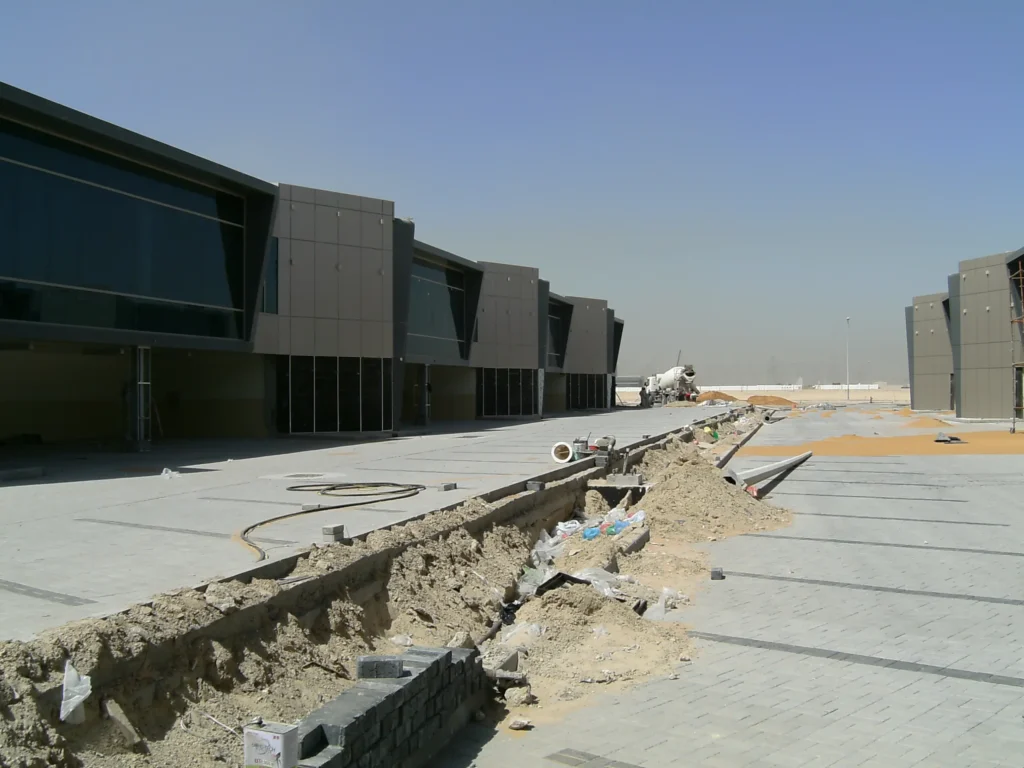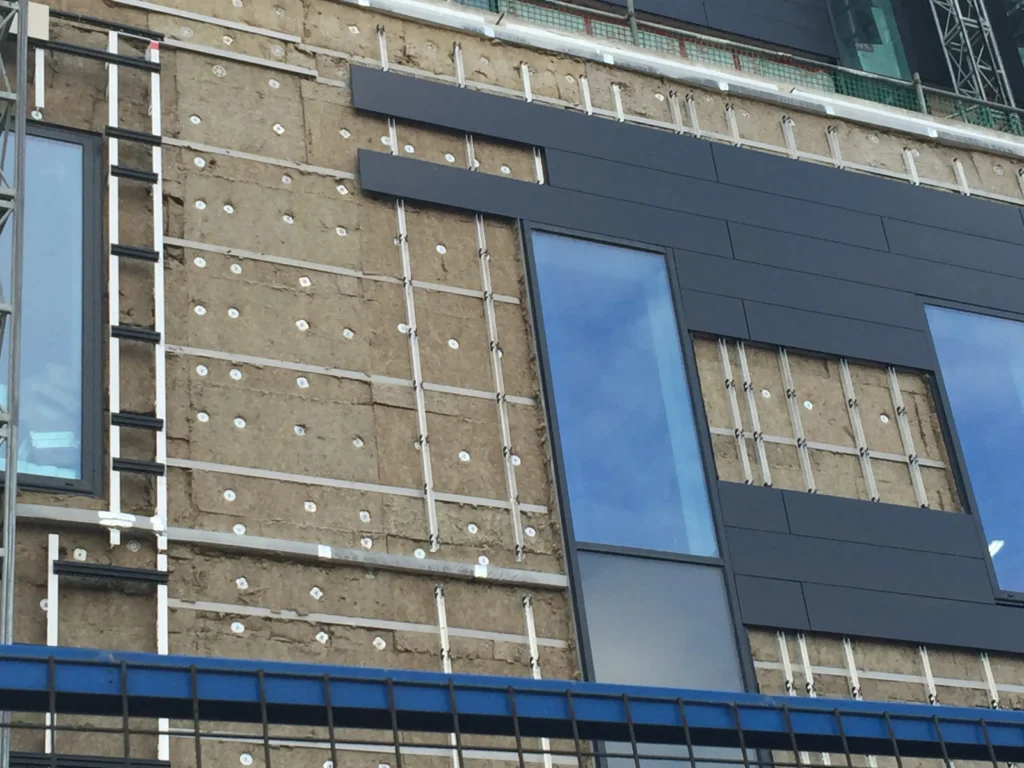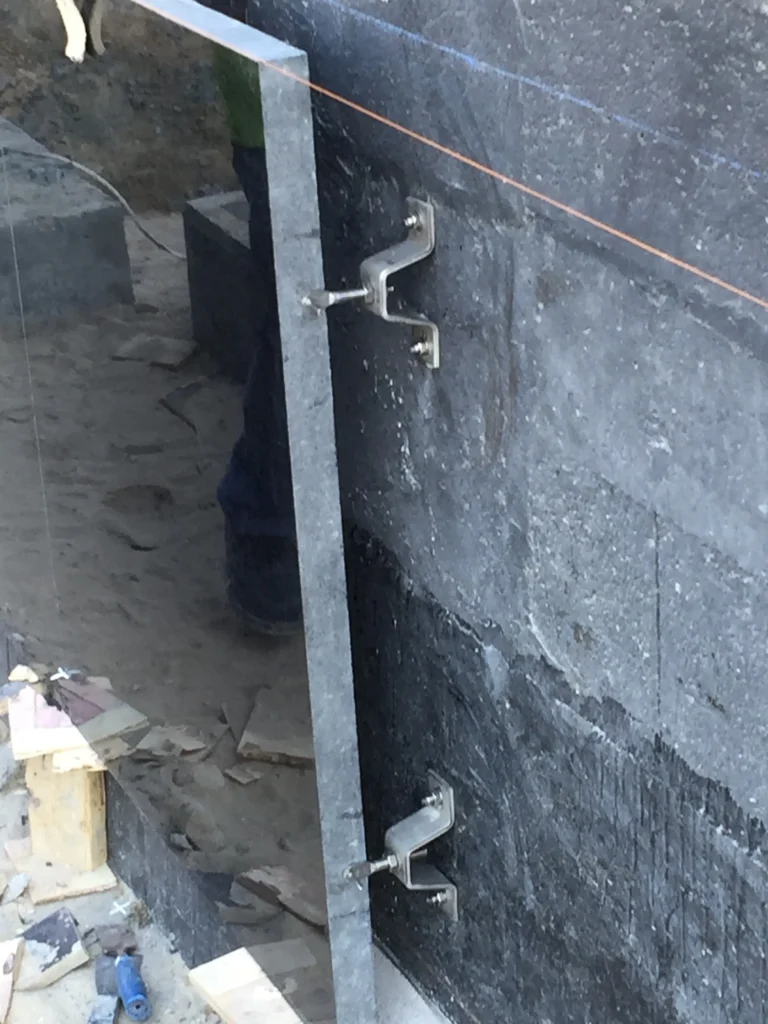Architects / 12 site supervision steps: The consultant is the third article of a series of articles 2 to share and illustrate years of the author’s architectural experience in the supervision field. The experience in supervision of various types of projects and functions, like industrial, residential, commercial, recreational, entertainment, and even military projects. Projects I worked on and supervised, for example district cooling plant of Abu Dhabi Airport, an industrial building that supplies the airport with chilled air. Other projects, like the Emirates Industrial Bank, of a mixed-use function. A privately funded school building, including sports facilities.
In This article I aim to show how architects are selected for site supervision work in consultancy firms or architecture firms. Here it illustrates what architects should focus on in their careers when deciding to work in site supervision work. I will go through all the required skills of a site architect in order to qualify for site supervision work.
Site supervision work for architects is available in two types of companies. Consultancy engineering companies and architecture firms. Here I will go through the difference between the two companies. The first company is the company that conducts full design and supervision work. The company signs contracts with clients as a turn-key project including all architecture, structural, and MEP design work. Their scope also includes obtaining local government approvals and building and planning permits. Site supervision is part of a full consultancy contract.
The second company is the architecture firm. Architecture firms sign contracts with architects to conduct architecture design only. This type of firm assigns structure firms and MEP firms to complete the remaining project design. Architecture firms take on the client’s behalf managing and coordinating the full project design contract. The supervision contract for the same project is normally delayed by the firm to the design completion stage. In some cases, the client signs a contract with other firms to handle the supervision stage and also assigns a project management company when the project is a high-class project and a high-value project like a resort. This project is an industrial project in the Gulf region I worked on for a firm specializing in industrial projects see Figure 1.

The two types of companies mentioned above supervise various types of projects. Projects like residential buildings or homes, commercial buildings, or industrial projects. Every type of project needs a specific type of architect to supervise the construction activities. Industrial buildings include factories, industrial plants like oil and gas projects, district cooling plants, and food processing plants. Industrial projects in general need an architect who possesses knowledge and experience in steel building construction. Also needs an architect that can supervise various metal cladding. Materials in the interior and exterior that are suitable for that specific type of function for example for a food processing factory. Materials that are fire resistant and have a specification of resistance to environmental hazards to keep the function inside safe and secure. This type of building needs also an architect who has knowledge and experience in testing various types of building elements to pass local authority approvals. Adding to that to pass the specific international industry standards and testing methods.
Every building whether it is industrial, commercial, or residential follows the firm, industry standards of work and procedure for every item in the construction work. For example, painting a steel girder that is a structural element must follow a procedure that protects the element from fire, structural failure, and environmental hazards. All painting project specifications must be applied by the contractor and supervised by the architect to certain standard procedures mentioned in the project specifications.
The size of work and the number of items and activities that an architect should supervise govern the selection of the architect for site supervision. Consultants and architecture firms select an architect for site supervision depending on the project and its size. For example, villa projects include limited items and activities for supervision. The number of documentations like method statements for activities and shop drawings for project components is few. For that reason, a consultant selects new architects who have a few years of site supervision experience. The more the project becomes complex in terms of construction the required site architect selected by the consultant must possess more years of experience. One of the complexities of site architect work for buildings is the knowledge and experience required to coordinate other disciplines’ work like structure and MEP activities. Figure 2, complex material construction of façade in a multistory building.

Architects working in site supervision must know how the client selects the consultant or the architecture firm to supervise his project. This knowledge is essential for architects to avoid working with low-quality consultants or architecture firms that might affect their career growth plans. The market of construction and consultancy work is full of consultants with few employees and low technical capacity. These rely on the employees to raise their profile to get more jobs. They tend to employ experienced people for a limited time to move forward with the market and to continue getting jobs.
In this paragraph, I show how the client selects the consultant or the architecture firm. The first thing that attracts the client to a firm is the size of the firm in terms of the size of the workforce and the quality of it. The quality comes from the years of experience, education, and training, different types of skills hard and soft, and the size of projects they have worked on in their career. Second the consultant’s history of work and types of projects he worked on till handover. Many consultants divert all their office work towards certain types of projects.
For example, designing luxury projects like resorts needs a special type of consultant and profile. Designing healthcare projects also requires a consultant who has previous experience in this type of project. In this way, the client makes sure that the consultant will handle the project in all its details with high-quality work and assign highly skilled engineers and architects to design and supervise the work.
Fees of the consultancy contract come as a first priority for a client. This is especially true for clients who assign budgets for projects, though all of them regardless of wealth, have the same character in this matter. Small consultants and firms tend to reduce their fees to grab a project to move forward and continue smoothly in the market. Specialized consultants and firms tend to have higher fees due to high-quality work and highly skilled employees.
Now we turn to how consultants select an architect for a site supervision project.
On top of the list of the criteria that govern the selection of an architect for site supervision work are Age & years of experience. For site supervision, good health and body strength are essential for site supervision work. This is essential when working in a site that includes harsh and tough environments like heat and high humidity like in the Middle East (gulf region). Site supervision for an architect with a low position is given to architects with few years of experience. These architects are the architects that conduct most of the work on the site and more health is needed. Consultants give architects a high position for highly experienced professionals to do office work like an ARE (assistant resident engineer) or project manager. The direct relationship between the size of the project and the architect’s years of experience governs the selection for employment. The more the project is complex and large the more the architect required for the project is a highly experienced professional.
Site supervision work for architects whether low position or high position an architect needs to possess high skills in specific software. In the last few years, REVIT became a prerequisite for site work due to its high connection to BIM and relation to construction documents and clients. AutoCAD on the other hand is essential for opening project files for review, coordination, execution, and checking. MS project is essential for architects to monitor the project progress against the project plan and the scheduled activities. 3D software is also essential for presentation works on the site along with ADOBE software like Photoshop.
One of the important factors in the success of an architect specifically in meetings and coordination work is language skills. Profession in English and advanced writing skills make the architect’s coordination, meetings, and correspondence more powerful and gain more respect.
Adding to the English writing skills another complementary factor is the analyses, reporting, and review capabilities. A high percentage of site supervision depends on paperwork. Submittals received by architects from the contractor get reviewed by him and he issues a response either by email or a report. Communication with the contractor, client, and the main office of the consultant by the architects is by paperwork and documented for future reference.
A smart decision by architects working in the site supervision to select specific types of projects and stick to working on this type. This will enhance career development plans in terms of reaching higher positions and getting higher salaries. The type of work that makes the architect more specialized, and more technical and conducts high quality work. This type of work becomes, year by year, simpler and easier to manage its activities due to high experience in the project construction activities. Figure 3, a project I worked on is a district cooling plant in Abu Dhabi. This project comes in line with projects I supervised in my previous career. The complex detailing of building stone cladding.

Architects working in site supervision face a lot of circumstances in that the activities on the site get delayed or expanded either by clients or local authorities. This may be the work of an authority that requires more work or more documentation. Here comes the surface of the architect’s capabilities to manage and negotiate specific matters for approval. For example, using a material that is equivalent to the one selected in the specification. Or convincing the contractor of the eligibility of a change order submittal for extra work not specified by the bill of quantities.
Finally, the consultant needs to specify the number of required staff for the project. If the project is large scale, then he needs an architect inspector, site architect, assistant resident architect, and so on. In this case, the consultant or the architectural firm discusses this matter and gets approval from the client depending on the size of the project and its type.
Architects when deciding to go on the route of working in the supervision must focus on specific types of projects and gain more and more experience in supervision. This will allow the architect to gain stronger and greater experience and get access to high positions and greater salaries.
[…] Architects / 12 site supervision steps: the consultant […]
[…] Architects / 12 site supervision steps: the consultant […]
[…] Architects / 12 site supervision steps: the consultant […]
[…] Architects / 12 site supervision steps: the consultant […]
[…] Architects / 12 site supervision steps: the consultant […]
[…] Architects / 12 site supervision steps: the consultant […]
[…] Architects / 12 site supervision steps: the consultant […]
[…] Architects / 12 site supervision steps: the consultant […]
[…] Architects / 12 site supervision steps: the consultant […]
[…] Architects / 12 site supervision steps: the consultant […]
[…] Architects / 12 site supervision steps: the consultant […]